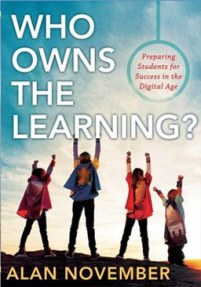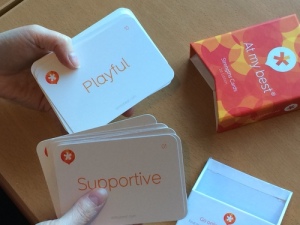No blog posts in October, and now two in one day! I wanted to get this post written to follow up on a great session we enjoyed at Coaching Connections in Birmingham last Saturday. I love writing blog posts which are related to a training session or presentation which I am either delivering or attending as a participant. It helps the reflection process and learning and the bonus is that you can share your thinking with others. So hope that you like this short reflection on the Coaching Connections session “The benefits of Group Coaching” delivered by Maureen Moore and Cheryl Goldenberg from the Pickleshed.
Those of you who came to the Coaching Connections August session on Authenticity will know that I use my own group coaching model called “CEFAR”, which stands for five stages of a process – Clarity, Engagement or Exploration, Feedback, Action and Review. This process provides a framework and a structure which I use when designing workshops with a coaching style of delivery. So, I have long been convinced of the benefits of group coaching and what I wanted to gain over and above this from the Pickleshed workshop was an insight in to how others work. I wasn’t disappointed.
In the workshop we had a useful discussion about the similarities and differences between group coaching and individual coaching. It was great to gain some clarity around the benefits of working in a group and how this can in some instances enhance the learning and capacity for change beyond what is possible in a one-to-one coaching session.
Some of the reasons the Pickleshed share for their group coaching model are:
– economies of scale, more impact with less money
– accountability, making it stick
– power of the group wisdom
The real value of the Pickleshed session came from the opportunity to try out some techniques which we can use in group coaching situations.
First of all we were introduced to laser speak. This is the ability to put forward a point or share information in a group coaching session without story telling or long explanations. Sometimes it is important for the coachee to have the space to talk without restriction, but in group coaching the laser technique seems a great way to ensure the needs of the group as well as the individual are met. For more about laser speak you can refer to the book “Group Coaching, a Comprehensive Blueprint” by Ginger Cockenham.
We were also invited to take part in a group activity in which we worked on a useful action to take forward for the development of our individual coaching business. Each group was asked to choose a lead member and then in a short space of time we worked together as a group, with each of us ideally having the time to speak. I think that the group which I was working in did really well, with a number of us coming away with a commitment to take action. I’ve reflected on what I think was happening in our small group which helped us to make progress in a short space of time. To help me do this I’ve referred back to the handout “Example of Group Coaching Guidelines” given to us by the Pickleshed. As a group:
– we adopted laser speak
– we were committed to achieving our own goals and helping others achieve theirs
– we stayed focused on one issue at a time (and made sure the issue was realistic in the time available)
– we kept feedback positive and encouraging
– we avoided advising, instead coaching others to discover their own answers
– we brought our best ideas to the group
OK, we only had 20 minutes in which to do this activity, so we only scratched the surface of what is possible in a group situation, but even in that short space of time progress was made. It was impactful for many of us.
It is great to hear from the Pickleshed facilitators that when working with their coaching group members over a number of sessions that the members develop coaching skills and become coaches themselves. The Pickleshed groups work because there is an element of commonality, with the participants all being women and all wanting to make a change in their lives.
So, the session has encouraged me to carry on designing and delivering workshops and training courses with a coaching approach at the heart and to see that by including follow up group coaching sessions after a training course this can really help participants maintain momentum and take action.
It is encouraging to see how Maureen and Cheryl have worked together to create the Pickleshed with professional branding and a business model which seems to be working for them and their clients.
To find out more about the Pickleshed go to: http://www.thepickleshed.co.uk.
If you are coach interested to join a professional development group please find out more about Coaching Connections here: http://www.coachingconnectionsmidlands.co.uk
 week I think weeding is on the agenda!
week I think weeding is on the agenda!


 The book provides ideas and techniques to help students own and direct their learning.
The book provides ideas and techniques to help students own and direct their learning.
 The photo was taken when I took a walk one lunch time to recharge and build my resilience to tackle a busy afternoon at work. This resilience was needed later in the week to plan for a replacement session for the March Coaching Connections meeting on the topic of Resilience and Teams. We designed a format which drew on the collective knowledge and wisdom in the room.
The photo was taken when I took a walk one lunch time to recharge and build my resilience to tackle a busy afternoon at work. This resilience was needed later in the week to plan for a replacement session for the March Coaching Connections meeting on the topic of Resilience and Teams. We designed a format which drew on the collective knowledge and wisdom in the room. STRENGTHS AND RESILIENCE
STRENGTHS AND RESILIENCE

